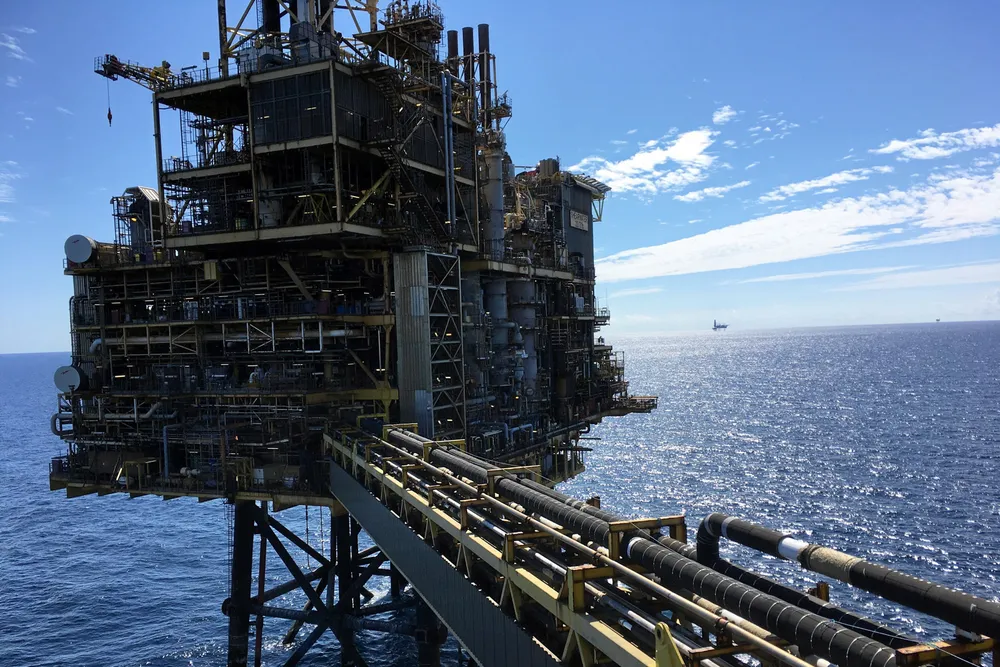Big-hitting quartet confirm tie-up on North Sea electrification studies
Shell, BP, Harbour and TotalEnergies collaborating on central North Sea study as regulator says it is pleased with commitment shown ahead of concept selection deadline

Shell, BP, Harbour and TotalEnergies collaborating on central North Sea study as regulator says it is pleased with commitment shown ahead of concept selection deadline
